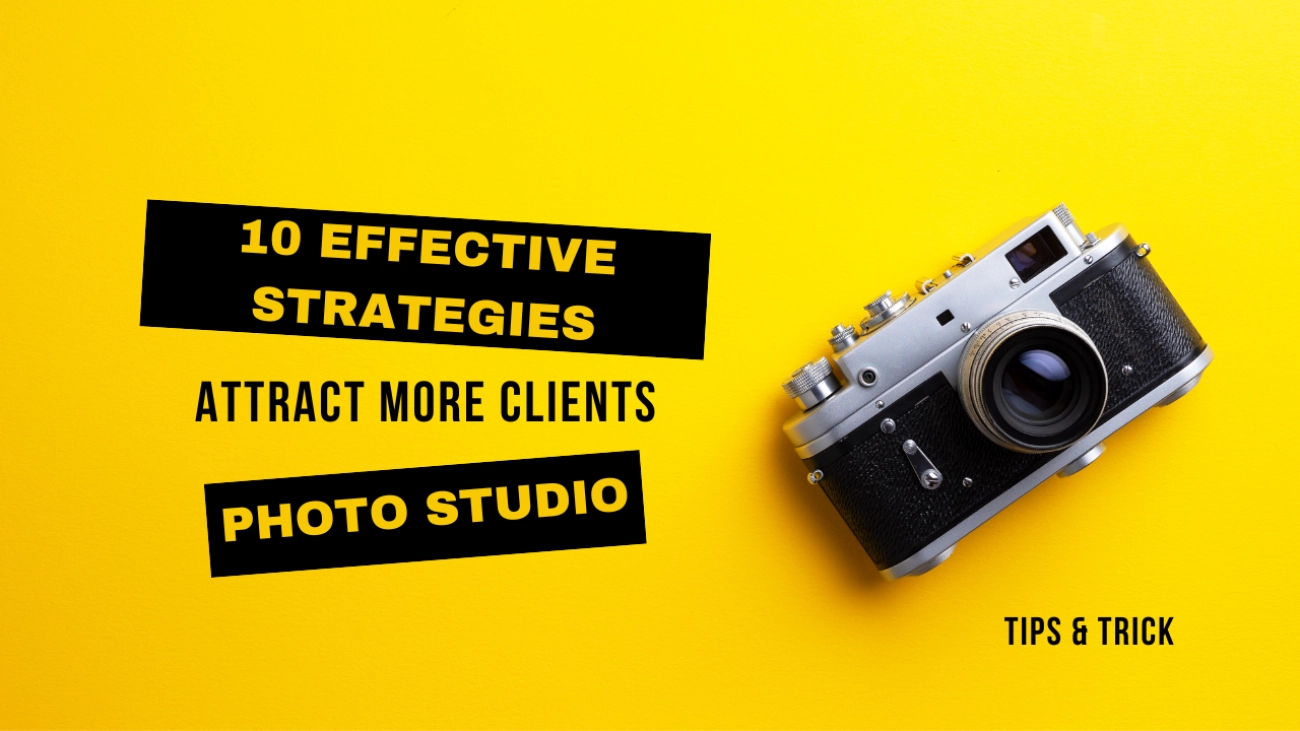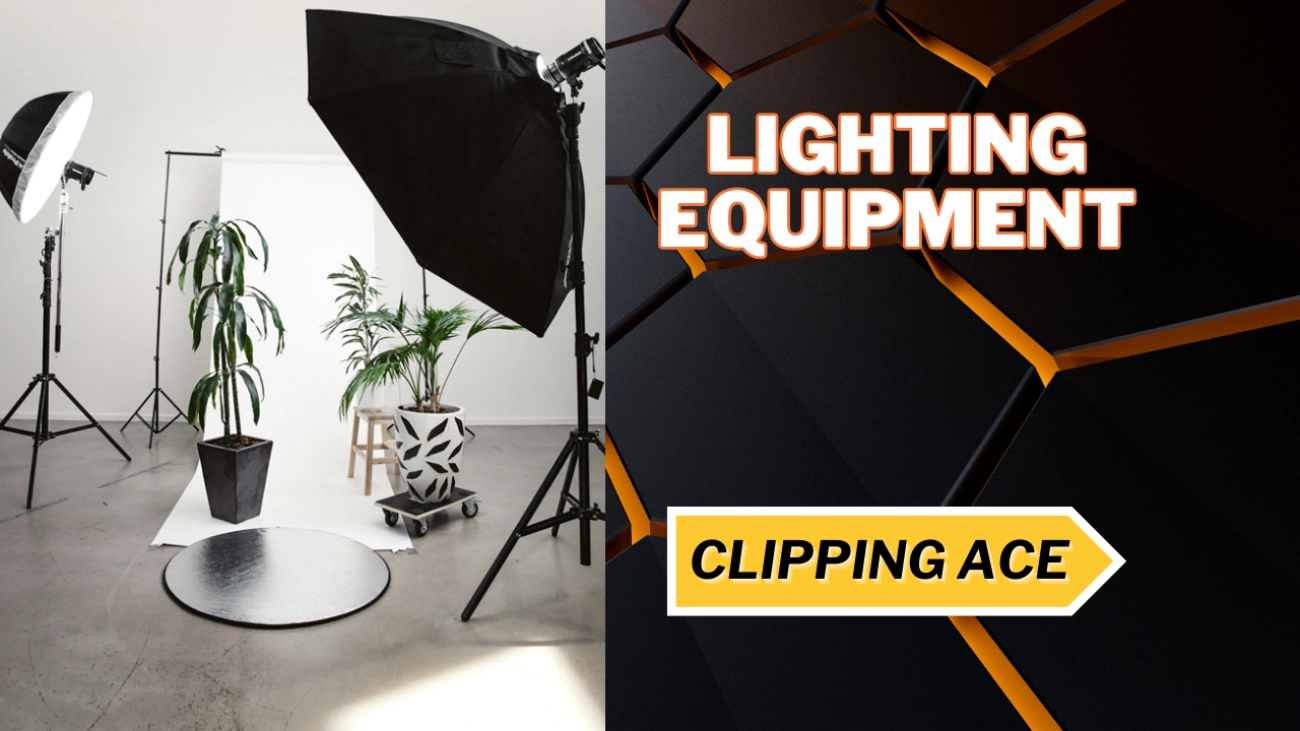Being a photographer for my own photography studio is not just about being technically competent at taking impressive photos, it also involves many other aspects. It includes well-developed marketing techniques which in turn help us to acquire and retain clients. Here in this article, I will outline 10 essential techniques which can be used by you in order to get more clients to your studio and grow your business to a higher level.
Importance of client acquisition for a photography studio
Client acquisition in the business of photography is the blood that flows through the veins of any photography studio. The clientele can be hard to come by if you do not have a continuous stream of clients. This can make it difficult to sustain and grow your business. In this case, business success depends on the number of customers acquired and the use of creative marketing strategies to bring in new customers. Not only do you increase your revenue but also you widen your network and popularity in the field, thanks to the flow of new clients.
Among the most effective ways used to get new clients is through referral. Ask your present clients for referrals and reward them for such with discounts or free prints. Besides, try to develop strategic alliance with local enterprises and professionals who can direct customers to you. Recommendation from a relative or a friend is the best way to increase your client base.

Creative marketing strategies for increasing clientele
To enhance your photography business in the market that is competitive, you should think about creative marketing tactics that are outside the box. One of the most powerful ways to promote the brand is to arrange theme photo shoot events. Moreover, you can plan a “Mother’s Day Mini Session” or “Holiday Portrait Marathon” which are events that will create a sense of urgency and exclusiveness and hence the clients will be driven to book a session with you.
As a creative tactic, the cooperation with local influences or bloggers is a good way. Give your studio the extra mile by going to people who have lots of following in your area, and offer them free photo shoot as an exchange for their support of your studio on their social media pages. This can expose your work to a wider audience and attract potential clients who resonate with the influence’s style and aesthetic.
Building a strong photography studio brand
An amazing brand identity is a must to draw clients to your photography studio. Your brand should be a representation of your specialty and the values of your business in order to differentiate it from others. Begin with identifying the audience you are targeting and their favored habits and requirements. Thus, you can adapt your marketing content and images that will fit your dream clients.
Invest in professional branding elements, including but not limited to a logo, color theme, and visual style, to make them consistent across all platforms. The elements should be utilized in a consistent manner throughout all your marketing collateral’s including your website, social media profiles, and print media. By portraying a solid and consistent brand image you create the trust and the credibility with the potential clients which will most probably make them to come to your studio rather than others.
Utilizing social media marketing for your photography studio
Today, social media has grown to be a mighty weapon in the world of advertising for the photography studio. Websites which are similar to Instagram and Facebook will make you to exhibit your portfolio and interact with your audience as well as attract new clients. To carry out the social media effectively, you need to have a well-curated feed which represents your brand and exhibits your best pieces of work.
Consistently publish high-value photos that are embraced by the audience you are aiming at. Employing appropriate hashtags for extending your reach and interacting with your followers by responding to their comments and messages in a timely manner. User generated content can be a great asset. Invite your clients to share their photos from the sessions and to tag your studio in these posts. This not only let you increase your brand awareness but also serves as social proof, showcasing your customer satisfaction.
Targeted advertising techniques for attracting clients
Apart from social media marketing, contextual advertising can be utilized as a tool to increase your visibility and access clients who may not be actively looking for photographers on social media. Platforms such as Google Ads and Facebook Ads allow you to select the audience you want to address, that is, the demographics, interests and location, and your ad is shown only to the selected audience.
Advertising your photography studio should be about presenting the value-added services your studio offer. Emphasize your skill, the uniqueness of your approach, and the emotional aspect of your design. Make use of captivating visuals and short, convincing texts to attract customers’ attention, and motivate them to visit your site or contact you for further details.
Effective client retention strategies for a photography studio
Clients’ acquisition is an essential task; however, keeping the clients is as important as the first factor, and this is what will help you to be successful in the long term. Adopting successful customer retention techniques can be an instrument for you to have an established customer base and new sales. Client retention can be facilitated through the provision of exemplary customer service.
See to it that your clients are pleased at every stage of the process. Respond to queries as much as possible, be attentive during shoots and deliver high quality pictures on time. Do your best efforts to overdo the works of your clients. Think about sending personalized thank you letters, or, you can consider offering special discounts for the next session. Thus, by providing excellent service to your clients you not only retain them but also make it more likely that they will refer you to their friends and relatives.
Enhancing photography studio visibility
To bring more clients to your studio, you need to improve your visibility both on the internet and offline. Online, concentrate on the SEO you will use to improve your website ranking in the search engine results. Improve your website by using keywords that are relevant, providing informative and interesting content, and obtaining backlinks from trusted places. Regularly maintain your blog with useful articles and demonstrate your expertise in order to attract prospective clients who are actively looking for camera services.
Offline, consider taking part in local events and fairs, trade shows and community gatherings. Arrange a booth where you can display your creativity, give out discounts, and meet your potential clients personally. Hand out business cards or brochures to make sure that the participants have got a take-home item for remembering your studio. Being a part of the community where you belong, you boost chances of clients that are not happy with working with distant businesses.
Promotional offers and discounts to attract clients
Promotional offers, discounts, or even flash sales are an effective way to grab a new client to your photography studio. Think of limited time-only discounts for certain services or packages. This is the reason behind the creation of the feeling of urgency, which in turn, leads to actions from the potential clients, before the offer is over. Apart from that, attempt to provide referral discounts to your current clients. The referral program is designed in a way that both the person who referred a new client and that client can receive a discount or additional service if the latter books a session.
One of the most effective ways of promoting your offers is to do so through your website, social media platforms, and email marketing campaigns. Communicate value proposition of the offer through attractive visuals and persuasive copies to create an excitement. Check the performance of your promotions and make changes when necessary in order to ensure that they are catching the eye of new clients.
Conclusion: Taking your photography studio to the next level
One of the most effective ways to bring more clients to your photography studio is to blend out-of-the box marketing strategies, branding, and a customer acquisition and retention focus. With the implementation of the strategies listed in this article, your photography studio can be more discovered, you can draw your ideal clients, and you can boost your business. Keep in mind every step of the way to critically assess and modify your marketing strategy to remain ahead of a competitive industry. Today is the day to take action and watch your studio grow to its full potential.
 Cart is empty
Cart is empty 




